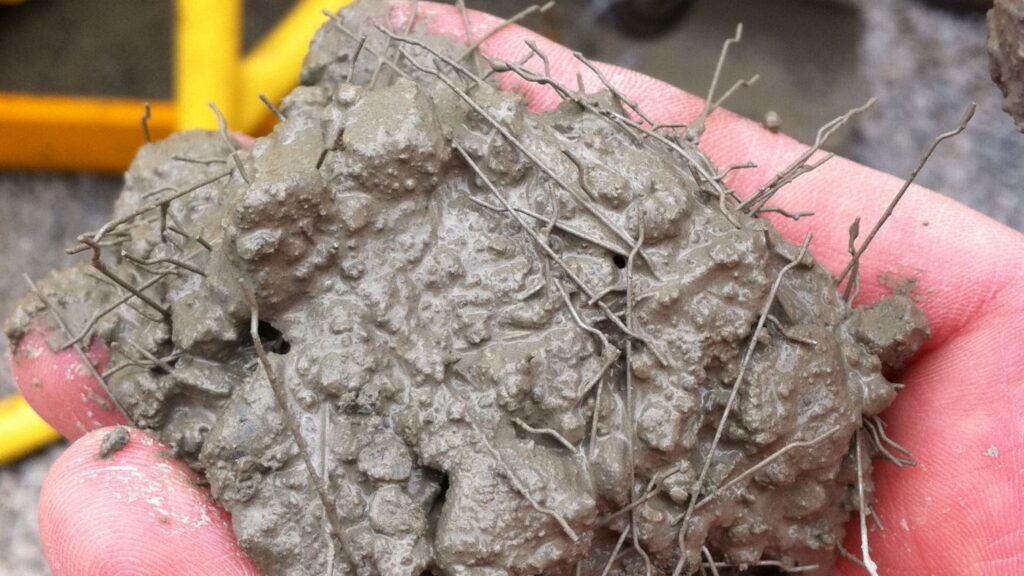Introduction
In the ever-evolving world of construction, the choice between fiber-reinforced concrete (FRC) and traditional rebar has become a pivotal decision for builders and engineers. This comprehensive guide aims to dissect the merits and drawbacks of each method, aiding you in making an informed decision for your next construction project.
Fiber Reinforced Concrete: Strength in Diversity
Types of Fibers
Fiber-reinforced concrete incorporates various types of fibers, such as steel, glass, synthetic, or natural fibers. These fibers act as a reinforcement mechanism, dispersing throughout the concrete mix to enhance its tensile strength. The diversity of available fibers allows for customization based on specific project requirements, providing flexibility and adaptability unmatched by traditional rebar.
Crack Control and Ductility
One of the key advantages of FRC is its ability to control cracks and improve ductility. The distributed fibers inhibit crack propagation, reducing the likelihood of large, unsightly cracks forming on the concrete surface. Additionally, the enhanced ductility of FRC contributes to improved structural performance, especially in areas prone to seismic activity.
Rebar: Time-Tested Stability
Load-Bearing Capacity
Rebar, short for reinforcing bar, has been a staple in construction for decades. Its solid, steel composition provides exceptional load-bearing capacity, making it a reliable choice for supporting heavy structures. The linear configuration of rebar reinforces concrete in a targeted manner, ensuring stability and preventing structural failure under heavy loads.
Structural Rigidity
When it comes to structural rigidity, rebar excels in providing a robust framework. The interplay between concrete and rebar creates a cohesive unit that withstands the test of time. This traditional method remains a cornerstone in construction, particularly for large-scale projects where sheer strength and durability are paramount.
Comparing Installation and Cost Considerations
Installation Efficiency
Fiber-reinforced concrete boasts a quicker and more straightforward installation process compared to the meticulous placement of rebar. The fibers are evenly dispersed throughout the concrete mix, eliminating the need for intricate positioning of individual bars. This efficiency not only accelerates construction timelines but also reduces labor costs associated with intricate rebar installation.
Cost Implications
While FRC may have a slightly higher upfront material cost, the potential for cost savings in terms of labor and time must be considered. The streamlined installation process of FRC can offset the initial expense, making it a competitive choice in projects where efficiency and budget are critical factors.
Environmental Considerations
Sustainable Solutions
In an era where sustainability is paramount, FRC takes the lead by offering a more environmentally friendly alternative to traditional rebar. The production of fibers requires less energy compared to the manufacturing of steel rebar, aligning with the global push towards eco-conscious construction practices.
Recycling and Reusability
Fiber-reinforced concrete also scores points in terms of recycling and reusability. The absence of metal components simplifies the recycling process, and the fibers themselves can be sourced from recycled materials. This not only reduces the environmental impact but also aligns with circular economy principles.
Making the Decision
In the showdown between fiber-reinforced concrete and rebar, the choice ultimately depends on the specific requirements of your project. Consider factors such as load-bearing needs, crack control, installation efficiency, and environmental considerations. Both methods have their merits, and the ideal solution lies in aligning the chosen reinforcement with the unique demands of your construction endeavor.
In the ever-evolving landscape of construction, embracing innovative solutions while respecting time-tested methods ensures a harmonious balance of strength, durability, and sustainability.

